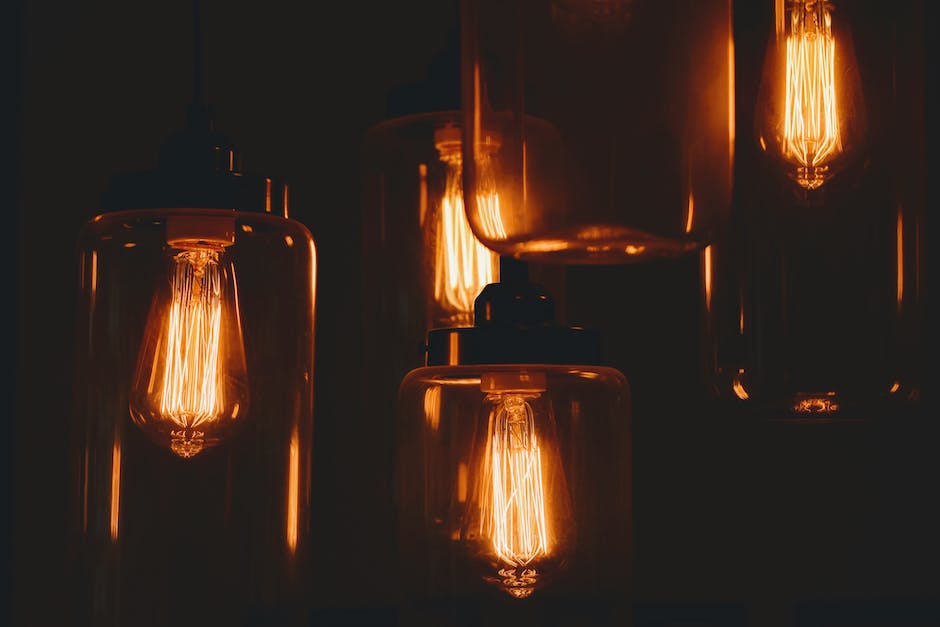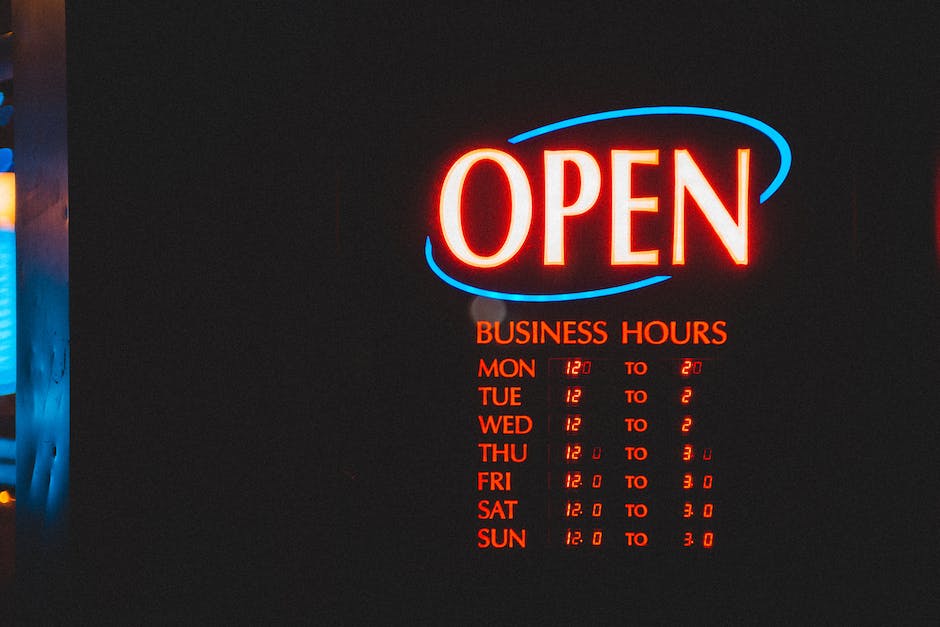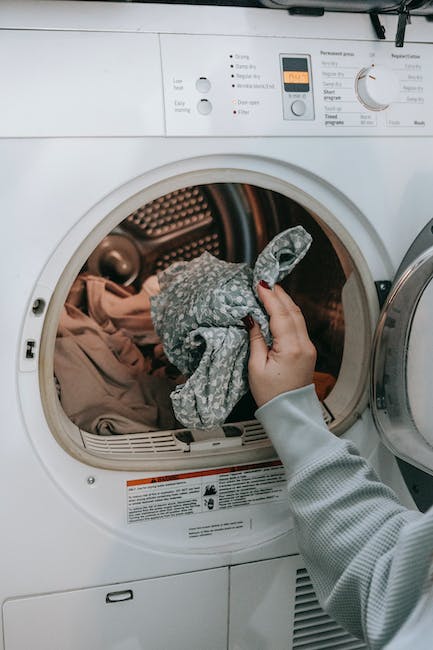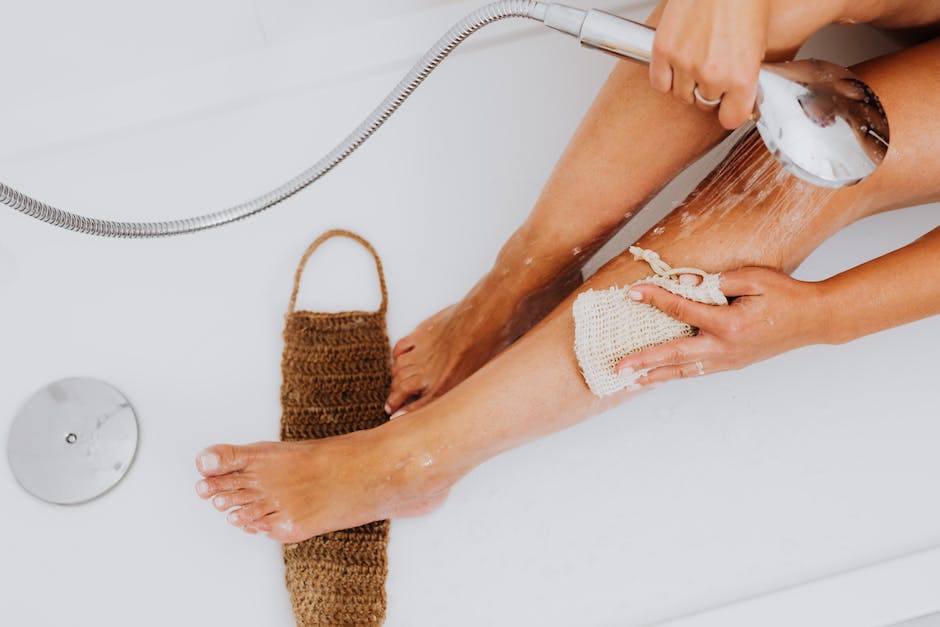Are you tired of paying exorbitant utility bills every month? Well, you’re in luck because we’ve compiled a list of practical tips that can help you save money on utilities. These tips range from using energy-saving light bulbs to checking your utility company’s programs. So, let’s dive right in!
1. Use Energy-Saving Light Bulbs

Switching to LED or CFL bulbs is a simple yet effective way to reduce your energy usage and save you money in the long run. These bulbs use less energy and last longer than traditional incandescent bulbs. This means you’ll spend less money replacing them and more money on the things you love to do.
Moreover, energy-saving bulbs are environmentally friendly. CFL bulbs, for instance, use about 75% less energy than incandescent bulbs and emit less heat too. This translates to less energy consumption and less demand for electricity, which reduces your carbon footprint.
In conclusion, energy-saving light bulbs offer a sustainable and cost-effective way to reduce your electricity consumption and save money.
2. Unplug Electronics When Not in Use

Did you know that leaving your electronics plugged in when not in use wastes energy and costs you money? This is because electronic devices continue to use energy even when turned off. You can avoid this by unplugging them when you’re not using them, or using power strips with an on/off switch to make it easy to cut power to multiple devices. This not only saves you money on your utility bill but also ensures longevity of your electronics.
It’s important to note that some devices, like cable boxes, internet routers, and modems, shouldn’t be unplugged as they need power to function. But the good news is that these devices use less energy and have built-in energy-saving features that help reduce their energy consumption.
Therefore, unplugging electronics when not in use is an easy and effective way to reduce your energy consumption levels and save money on electricity.
3. Lower Your Water Heater Temperature

You’d be surprised by how much money you can save by lowering your water heater temperature by just a few degrees. This simple step can result in significant savings on your utility bill without affecting your hot water supply.
Most water heaters are set at 140°F by default, but the Department of Energy recommends setting them at 120°F instead. This minor adjustment can reduce your energy consumption by 6-10%, depending on your usage.
You can either lower your water heater temperature manually or invest in a water heater blanket to make it more efficient. Water heater blankets help insulate the tank and keep the heat from escaping, reducing energy consumption and saving you money.
An ideal way to save money on utilities is by switching to an energy-efficient water heater or installing a tankless water heater system. These options can be more expensive upfront but can save you hundreds of dollars in energy costs in the long run.
4. Install a Programmable Thermostat

The benefits of investing in a programmable thermostat cannot be overstated. It allows you to set temperatures based on your schedule, keeping your home cooler during the day when you’re not home and warmer at night when you’re sleeping.
By programming your thermostat to use less energy when you’re not home, you can save up to 10% on your energy bill annually. Depending on the thermostat you choose, you can program it to adjust the temperature automatically before you wake up, get home, or go to bed. This guarantees that you always come home to a comfortable temperature without spending too much on energy.
Additionally, some programmable thermostats have Wi-Fi capabilities, enabling you to control and monitor your home’s temperature remotely.
5. Seal Air Leaks

Air leaks in your home can cause your heating and cooling system to work harder, using more energy and costing you money. These leaks can be found around windows, doors, and vents. You can use caulking or weatherstripping to seal these areas and ensure that they’re air-tight.
Sealing air leaks also has the added advantages of reducing noise levels, preventing pests from getting into your home, and improving indoor air quality.
6. Use Fans to Circulate Air

During the warmer months, using ceiling or floor fans can help circulate air and keep your home cooler. This can help you avoid the need to run your air conditioning as often, reducing your energy bills and helping you save money.
It’s important to remember that fans only circulate air and don’t lower the temperature in a room, so make sure to turn them off when you leave the room. You can also use fans in conjunction with air conditioning to make it more efficient and help save energy.
7. Do Full Loads of Laundry

Small loads of laundry not only waste water but also electricity, as each load requires the same amount of energy to wash and dry, regardless of size. Therefore, waiting until you have a full load to run your washing machine or dryer can help you save money on utility bills,
You can also save energy by washing your clothes in cold water and air-drying your laundry instead of using a dryer. Air-drying your clothes can help you save up to $100 or more annually, depending on your laundry frequency.
8. Switch to a Low-Flow Showerhead

Showering accounts for a significant amount of water usage in households, so switching to a low-flow showerhead can reduce the amount of water you use by up to 50%, letting you save money on water bills.
Low-flow showerheads work by restricting water flow, but you still get a great shower experience. Some models even have features that allow you to control the flow of water, ensuring you never miss a beat when getting cleaned up.
Moreover, low-flow showerheads are eco-friendly and can help you reduce your carbon footprint.
9. Use Energy-Efficient Appliances

If you’re replacing your appliances, it’s essential to look for energy-efficient options. These appliances may cost more upfront, but they will save you money in the long run by consuming less energy on your utility bills.
Some common energy-efficient appliances include refrigerators, dishwashers, air conditioners, and washing machines. All of these appliances come with an Energy Star rating that helps you determine how energy-efficient they are. The higher the rating, the more efficient it is and the more money you could save.
10. Check Your Utility Company’s Programs

Utility companies offer programs to help customers save money on their bills. These programs can include rebates for energy-efficient upgrades or free energy audits to identify areas where you can reduce your energy usage.
You can easily contact your utility company to learn about the available programs and how you can take advantage of them. Remember, it’s always essential to ask questions and take advantage of the services available to promote energy efficiency and help save you money on utilities.







